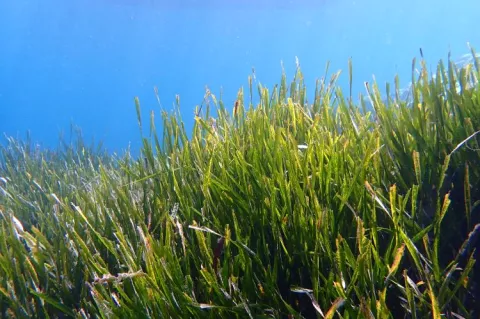Endangered corals show encouraging resilience
In the face of daunting challenges to our planet's coral reefs, a glimmer of hope emerges from Florida's coastal waters.
Scientists from Ohio State University discovered that the endangered elkhorn coral population in the Dry Tortugas National Park in Florida were highly resilient in its ability to adapt and thrive, despite adverse factors like climate change, pollution and disease outbreaks.















